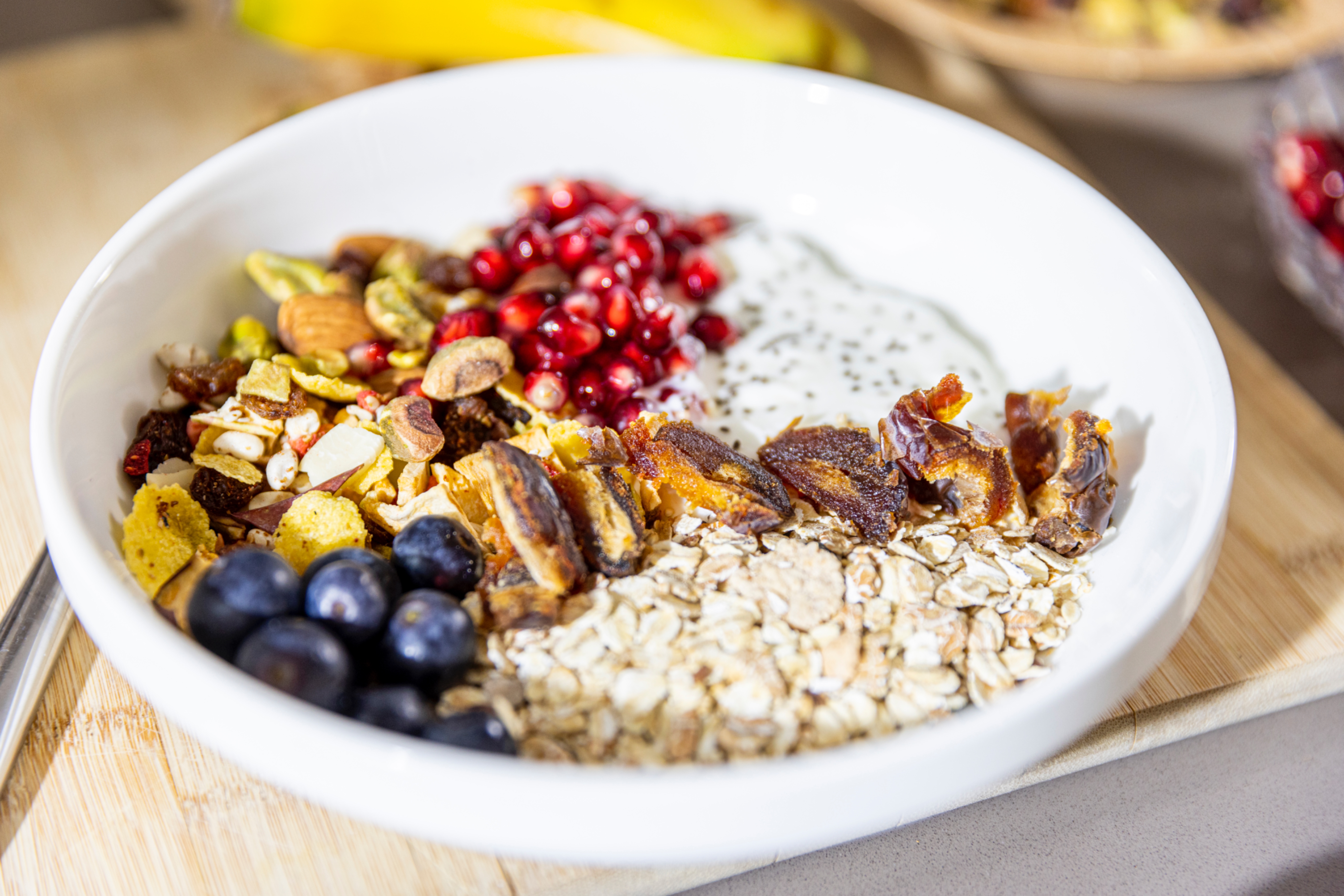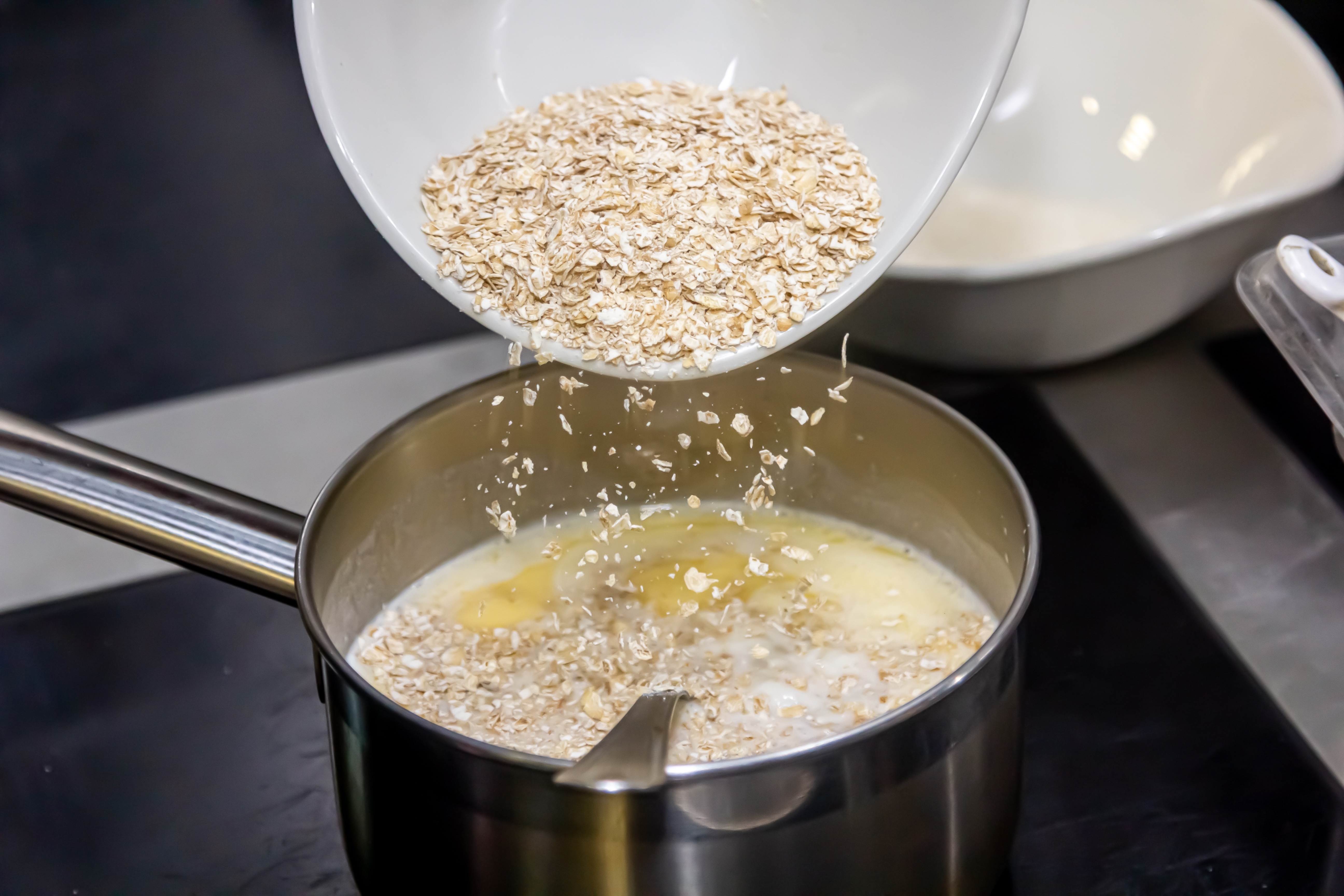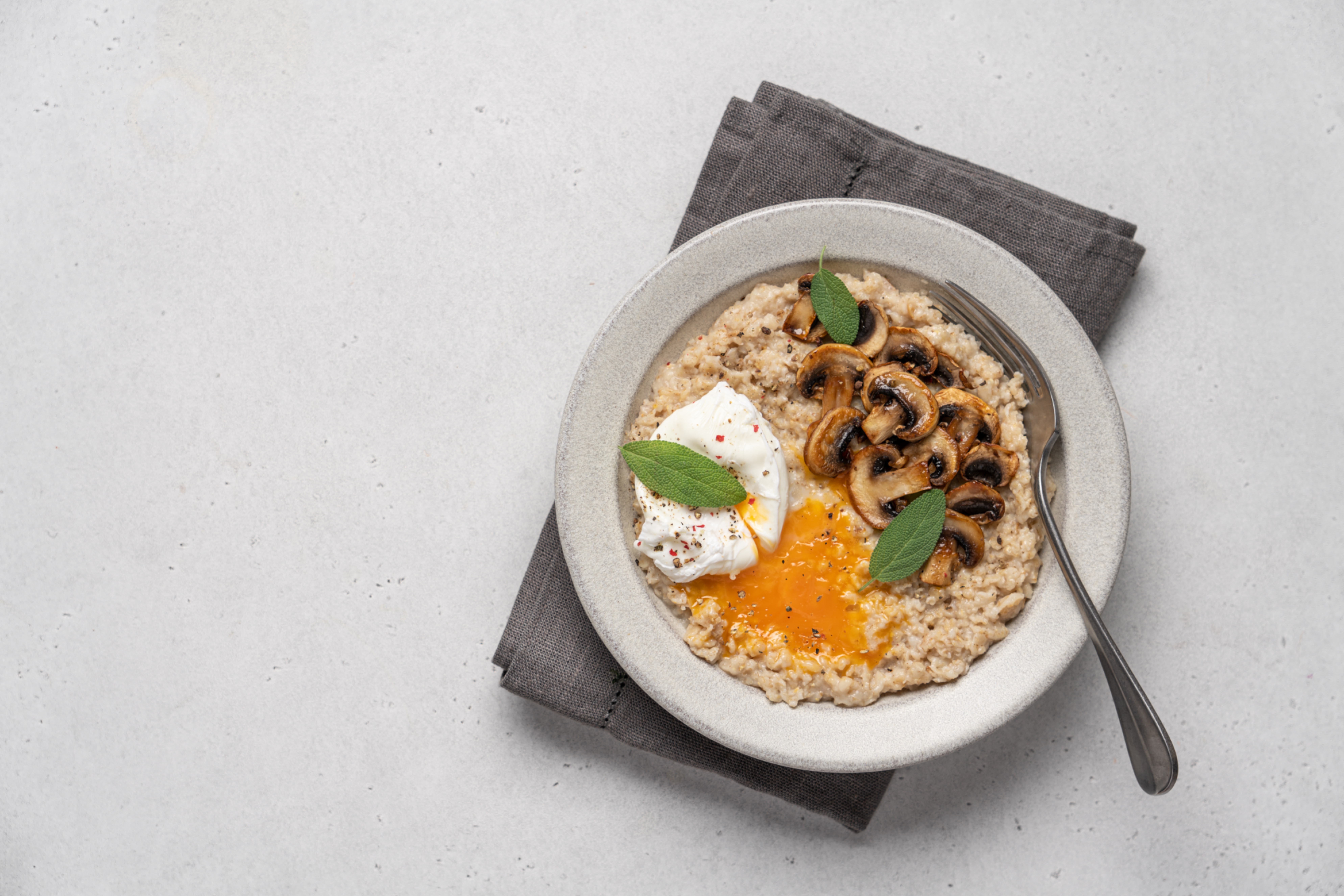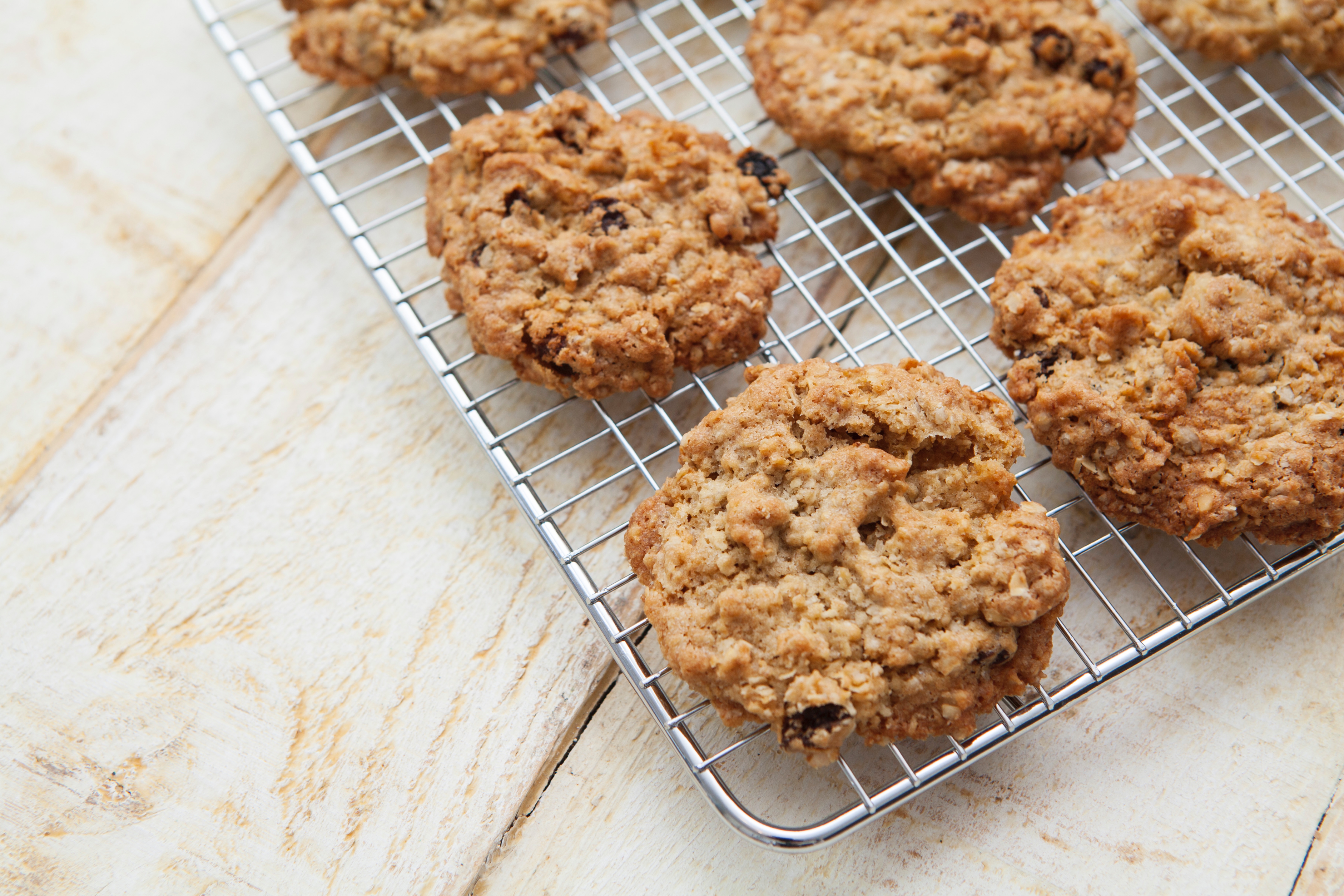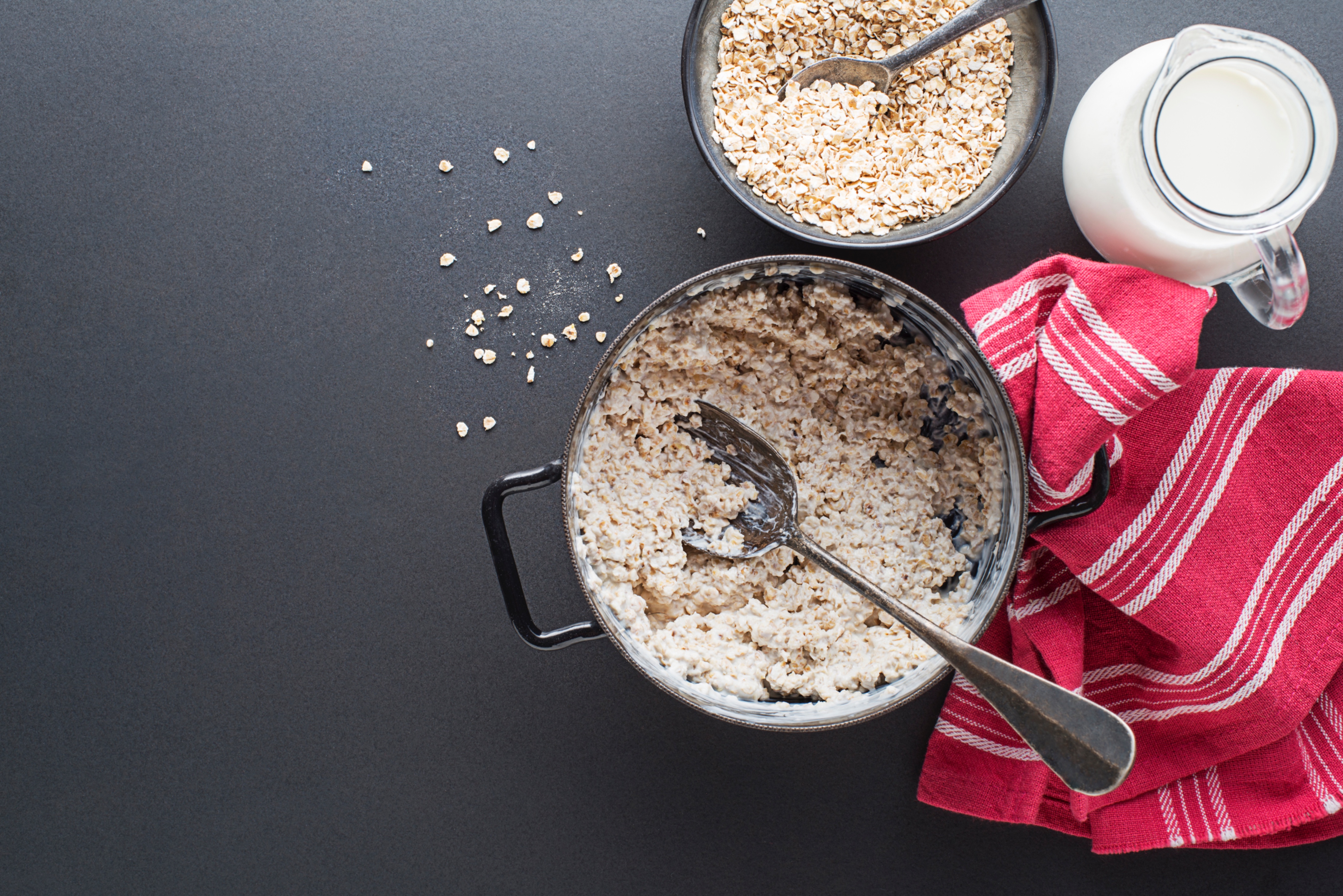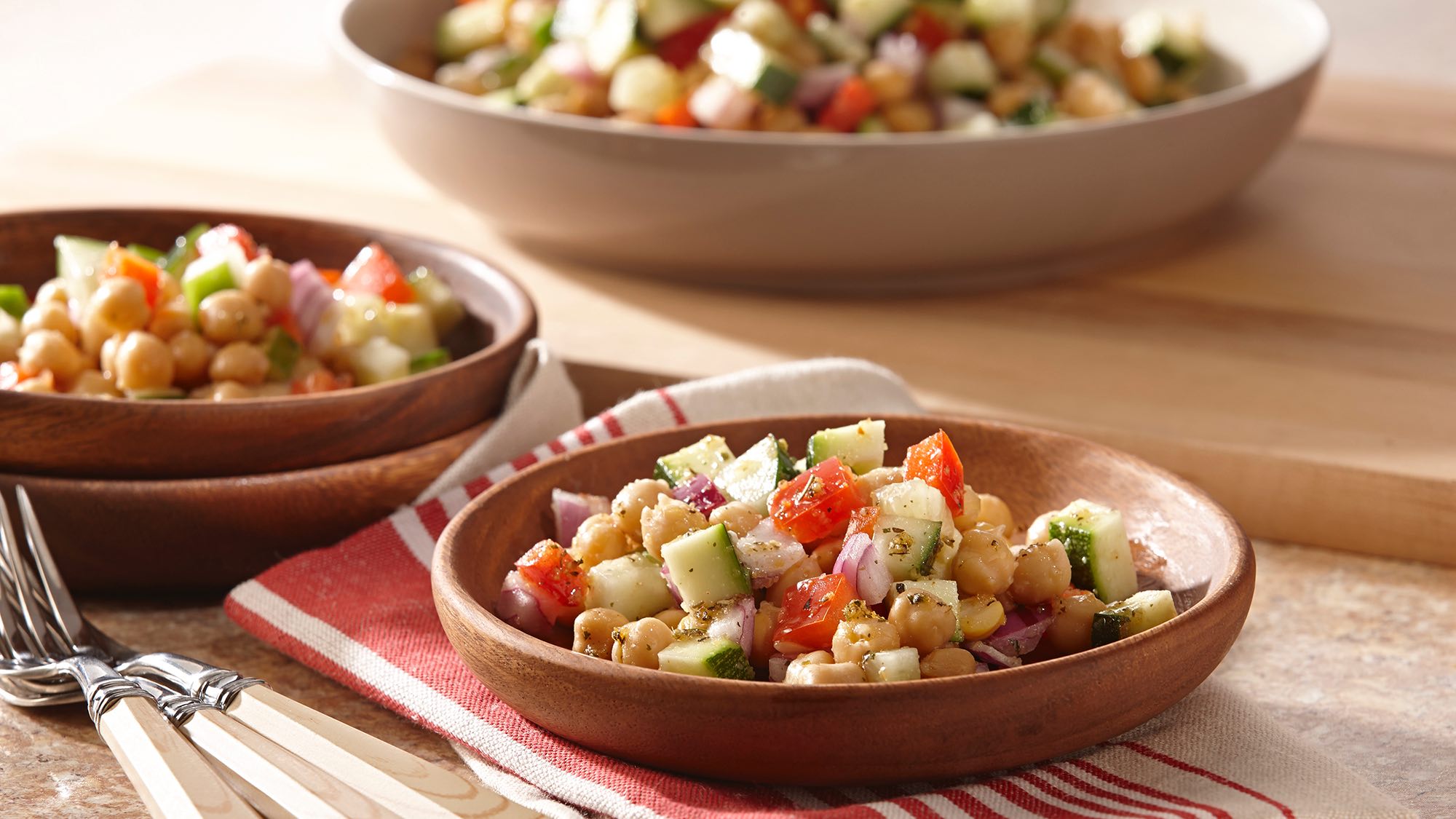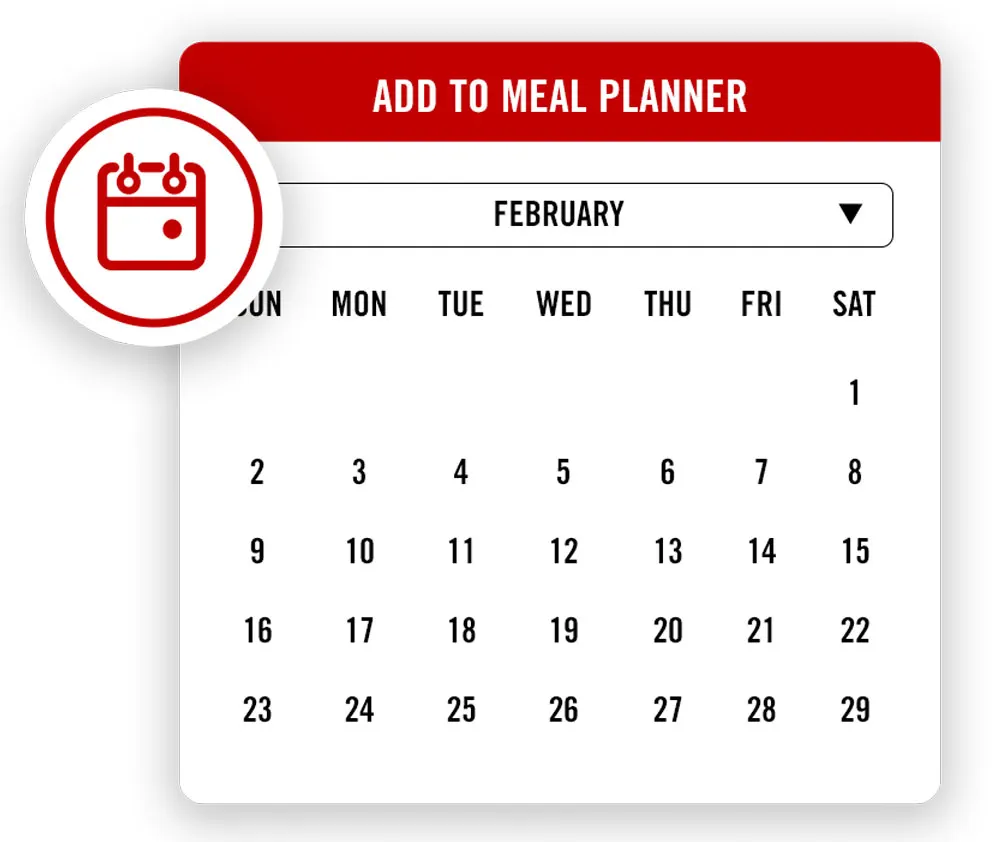Oatmeal is so much more than those powdered packs; it’s a blank canvas for culinary creativity. Especially considering the growing popularity of overnight oats recipes, which makes it a go-to for meal prep for breakfast, oatmeal is hard to beat when it comes to versatility, ease of prep, nutritiousness, and comfort. And with the following tips and ideas, you’ll be well on your way to crafting the perfect bowl!
Delicious Oatmeal Recipes
With our basic method for making overnight oats under your belt, the sky’s the limit for combinations you can come up with, from sweet honey and peach to savory spinach and egg. For a brunch-worthy option, give baked oatmeal a try. It’s surprisingly elegant and great for feeding a crowd.
Almond, Apple and Cranberry Baked Oatmeal
Different Types of Oats
Steel-cut oats are minimally processed, retaining their whole-grain structure and boasting a hearty, chewy texture. Rolled oats, or old-fashioned oats, are steamed and flattened, resulting in a quicker cooking time and a creamy consistency — ideal for traditional oatmeal bowls. Quick oats are similar, but processed still further for even faster preparation, meaning they lose some of the texture and flavor complexity. Instant oats, the most processed, cook almost instantly, and often come with added sugars or flavors. Finally, oat groats — the whole kernel with the hull removed — are the least processed and have a nutty flavor and chewy bite.
Steel-cut oats take about 20–30 minutes to cook, rolled oats 5–10 minutes, and instant oats just 1–2 minutes.
Tips for Perfectly Cooked Oatmeal
Start with the right liquid-to-oats ratio: for creamier oatmeal, opt for 2 cups of liquid (water, milk, or a combination) per 1 cup of oats, adjusting to your desired consistency. Cook over medium heat and stir frequently to prevent sticking and ensure even cooking. For added depth of flavor, toast your oats lightly in a dry pan before adding liquid. Incorporate a pinch of salt early in the cooking process to enhance the oats’ natural nuttiness.
As far as cooking methods go, try stovetop for control, microwave for speed, or a slow cooker for hands-free prep.
Creative Oatmeal Toppings
For a fresh twist, top your oats with seasonal fruits like roasted peaches, poached pears, or pomegranate seeds, pairing them with a drizzle of honey or maple syrup. Add texture and crunch with toasted nuts, seeds, or granola, and consider a dollop of Greek yogurt or a swirl of nut butter for creaminess and protein.
For savory enthusiasts, try topping oatmeal with a poached egg, sautéed greens, avocado slices, or crispy bacon. Don’t be afraid to experiment with global flavors — add a sprinkle of za’atar, a spoonful of miso, or a dash of cinnamon and cardamom.
Oatmeal as a Versatile Ingredient
Oatmeal is the ultimate hearty breakfast, whether served warm and creamy with sweet or savory toppings, or chilled overnight with layers of fruit and yogurt. Beyond the bowl, oatmeal can be transformed into baked goods like muffins, cookies, and granola bars, or used as a binder in meatloaf and veggie burgers. Its neutral flavor makes it a great base for creative seasoning, and oatmeal even extends to beverages, appearing in smoothies and plant-based oat milk.
Storing and Reusing Cooked Oatmeal
Allow the oatmeal to cool completely before transferring it to an airtight container; it can be refrigerated for up to five days or frozen for up to three months. When reheating, add a splash of liquid — such as water, milk, or plant-based alternatives — to restore its creamy texture, and warm it gently on the stovetop or in the microwave.
Cooked oatmeal is highly versatile and can be repurposed into baked goods like oatmeal bars, pancakes, or muffins. You can even layer reheated oatmeal into parfaits with yogurt and fruit for a quick, satisfying breakfast.




